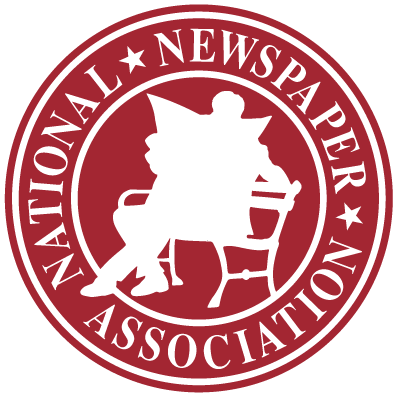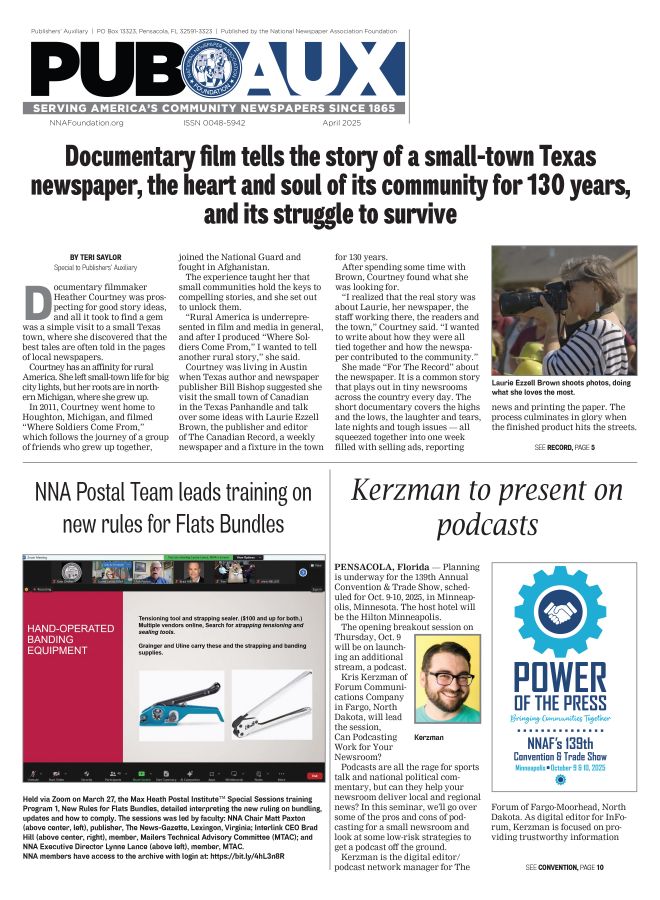Social media no longer just free expression ‘toy box’
Sep 18, 2014
By Gene Policinski
Inside the First Amendment
Time to take social media out of the freedom of expression “toy box.”
Serious issues and serious work now abound in this relatively young method by which we not only exchange information, but also to rally to causes and hold public officials accountable.
Just a few years ago, scarcely a few percent of Americans turned to Twitter, Facebook and the like for real news and issues. The medium was dismissed as the stuff of gossip, personal notes and largely meaningless personal snapshots.
And ok, fascination with the “selfie” persists today.
But from controversy in Ferguson, Mo., to tragedies in the Middle East to the flap over hacked nude photos of celebrities to serious debate over domestic abuse and pro athletes, social media is driving public discussion and debate that is the essence of First Amendment freedoms.
The passion of public protest (in other words, the freedoms of assembly and petition), was extended and multiplied in Ferguson, Mo., where street demonstrations over the shooting death of Michael Brown instantly reached a world audience — and may well have been eclipsed in impact by virtual protests.
A photo posted on Aug. 13 of more than 200 Howard University students with their hands and arms in the air, accompanied by the Twitter hashtag “#dontshoot,” became an iconic expression online, and prompted hundreds of posts of similar poses — and thousands of comments.
Even as what many saw as a stereotypical and negative photo of Brown was released by authorities — showing his hands making what some claimed was a gang sign — thousands posted online photos at “#iftheygunnedmedown,” showing two images of the same person side-by-side, one playing to a violent image but the other showing innocent scenes, often with family members and young children.
The ISIS thugs chose to use social media to post horrific videos of their brutal slayings of two U.S. journalists and a British aid worker, and they reportedly also make sophisticated use of the online medium to recruit others to their ranks. In effect, these terrorists used “freedom of speech” for vile purposes.
Even what is not on social media gets attention: Using their own free expression rights to determine what content will appear in their sites, social media operations made decisions to remove and prevent reposting of the ISIS murder videos, and took quick action to prevent the spread of purloined nude photos of several celebrities.
All just new aspects of an age-old question for editors and broadcasters: What to do with graphic, disturbing and or vulgar images that are in the news?
The question of “what to show” has dogged editors and others since Civil War photographer Mathew Brady’s photographs of battlefield corpses at Antietam were displayed in New York in 1862. A newspaper photographer smuggled an “ankle camera” into the 1928 execution of Ruth Snyder in Sing Sing’s electric chair — the first known photo of death by electrocution — and kicked off a debate that remains active today over such photos.
The Ferguson protest may well find a historical niche as the moment when virtual protest took the foreground over actual demonstrations, and when the response from online communities proved to have wider impact than what came from those on the scene. And not only did the Howard and “don’t shoot” prove more effective, they have been immediate, reached audiences around the world, and didn’t allow those bent on violence — as one peaceful demonstrator on the streets of Ferguson said — to “hijack our voices.”
In 2007, an internet milestone was reached at Virginia Tech University, where a gunman shot and killed 32 people. In the hours after that tragedy, major news outlets set up so-called Twitter and Facebook desks, and solicited cell phone photos and video from non-journalists — believed to be the first time this was done on a major story by so many news organizations. In that instance, it was freedom of the press that found a new, technological expression.
Taking to the public square or streets to protest carries its own special impact, with a history that dates back to the colonial era. And face-to-face debate still counts, even in presidential elections.
But in a world now so tightly interconnected through social media, free speech, protest and petition may well have the most impact when done online — and even at 140 characters at a time.
Gene Policinski is chief operating officer of the Newseum Institute and senior vice president of the Institute’s First Amendment Center. He can be reached at gpolicinski@newseum.org.







